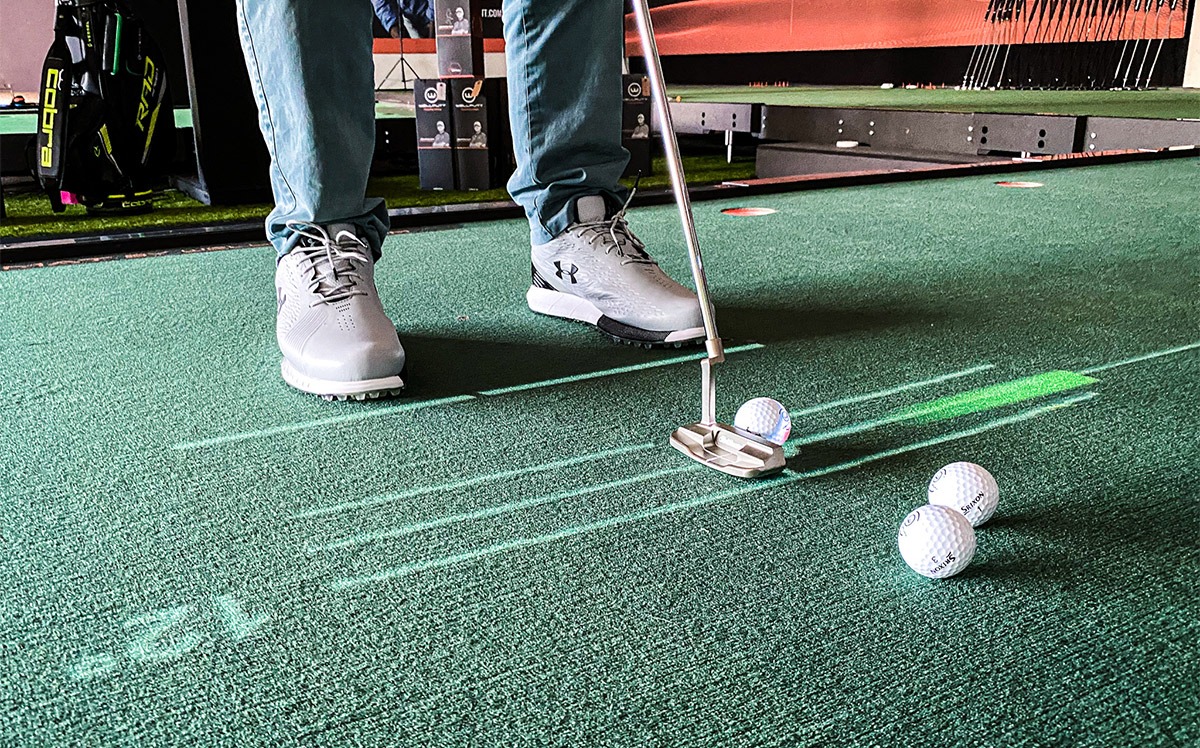Putting can make or break your golf game. It’s the final step on each hole, and mastering it can significantly lower your scores. Yet, many golfers underestimate its importance and struggle with consistency. Learning golf putting basics can transform your short game and make you a more confident player.
In this guide, we’ll explore everything from putting basics to advanced techniques. Whether you’re new to the game or looking to refine your skills, these tips will help you understand what putting in golf is and how you can excel at it.
What is Putting in Golf?
Putting in golf is the act of gently rolling the ball along the green with the goal of getting it into the hole. Unlike other golf shots, putting emphasizes precision and control rather than power. It requires a delicate touch to judge distance, speed, and break, making it one of the most strategic aspects of the game.
Putting is a crucial part of the short game, accounting for nearly half of all strokes in a typical round. Mastering golf putting basics can dramatically lower your scores by reducing three-putts and capitalizing on birdie opportunities. By developing consistent techniques and learning to read greens accurately, golfers can transform putting from a weakness into a scoring strength.
Golf Putting Basics: Key Techniques for Success
To master golf putting basics, you need a strong foundation through practicing consistently. Here are some key techniques that can help you improve your putting accuracy and confidence:
Proper Stance and Grip
Your stance and grip provide balance and control during the putting stroke. Stand with feet shoulder-width apart and distribute weight evenly. Experiment with grip styles, like traditional overlap or cross-handed, to find what feels comfortable and stable.
Alignment and Aim
Accurate alignment is key to consistent putting. Align shoulders, hips, and feet parallel to the target line. Position the ball slightly forward to promote a smooth stroke. Focus on aiming at a target point for better accuracy.
Reading the Green
Reading the green involves observing slopes, grain direction, and speed. Visualize how the ball will break and adjust your aim accordingly. Practicing on different greens enhances your judgment and anticipation.
Distance and Speed Control
Consistent speed control prevents three-putts. Maintain a steady tempo throughout the stroke. Practice lag putting to improve touch and distance control, leaving shorter second putts.
Putting Stroke Mechanics
A pendulum-like stroke ensures accuracy. Keep arms and shoulders moving as a unit while minimizing wrist movement. A consistent stroke path improves accuracy and repeatability.
Visualization and Focus
Mental preparation boosts putting confidence. Visualize the ball’s path and the speed needed. A pre-putt routine enhances focus and reduces anxiety, leading to more consistent putts.
Follow-Through and Finish
A smooth follow-through maintains speed and control. Avoid decelerating or stopping abruptly, as this causes missed putts. Practice a balanced finish for improved accuracy.
How to Improve Putting in Golf: Tips and Practice Drills
Improving your putting skills requires dedication and effective practice. Below are proven tips and drills to help you learn how to improve putting in golf and become a more confident putter:
1. Gate Drill for Accuracy
Place two tees slightly wider than your putter head to create a gate. Practice putting through the gate without touching the tees. This drill improves alignment and promotes accurate, square contact.
2. Distance Control Ladder Drill
Set up markers at different distances on the green and putt to each one. This drill enhances touch and feel for varying distances. It improves speed control and helps avoid three-putts.
3. One-Handed Putting Drill
Put with only your dominant hand to develop better feel and control. This drill reveals wrist movements that affect accuracy. It builds stability and promotes a smoother stroke.
4. Circle Drill for Short Putts
Place tees in a circle around the hole, about three feet away. Make each putt in succession without missing. This drill builds confidence and reinforces alignment and speed control.
5. Pressure Putting Drill
Challenge yourself to make a series of consecutive putts from the same distance. If you miss, start over. This drill improves focus and mental toughness under pressure.
Enhancing Your Putting Skills with the Capto Putting System
The Capto putting system is a cutting-edge tool that provides real-time feedback on your putting stroke. It analyzes key metrics such as face angle, stroke path, and tempo, giving you precise data to improve your mechanics. These metrics can help you make data-driven adjustments for better accuracy and control.
At OGP, golfers can enhance their putting skills using the Capto putting system. It helps players identify inconsistencies and develop a more consistent stroke. With its instant feedback, golfers can fine-tune their golf putting basics and build a more reliable routine.Practicing with the Capto putting system at OGP allows you to simulate real-world conditions. Whether you’re a beginner or an experienced golfer, this advanced technology helps you improve faster by providing actionable insights.
Make Every Putt Count
Mastering golf putting basics is the key to lowering your scores and gaining confidence on the greens. By practicing the right techniques and maintaining a consistent routine, you can develop a reliable stroke that performs under pressure.
Take Putting Lessons at OGP
Not sure where to start or struggling to see improvement? Consider taking putting lessons at OGP with the Capto putting system to identify and fix problem areas faster. OGP has the perfect solution to take your putting to the next level. Practice in a professional environment with expert guidance and advanced training tools. With personalized coaching, you’ll get practical guidance tailored to your unique putting style.
Our lessons provide a structured approach to mastering the fundamentals while building confidence in the greens. From alignment and speed control to stroke consistency, a professional OGP coach can help you improve key aspects of your game. Contact us today and make every putt count with confidence and precision!
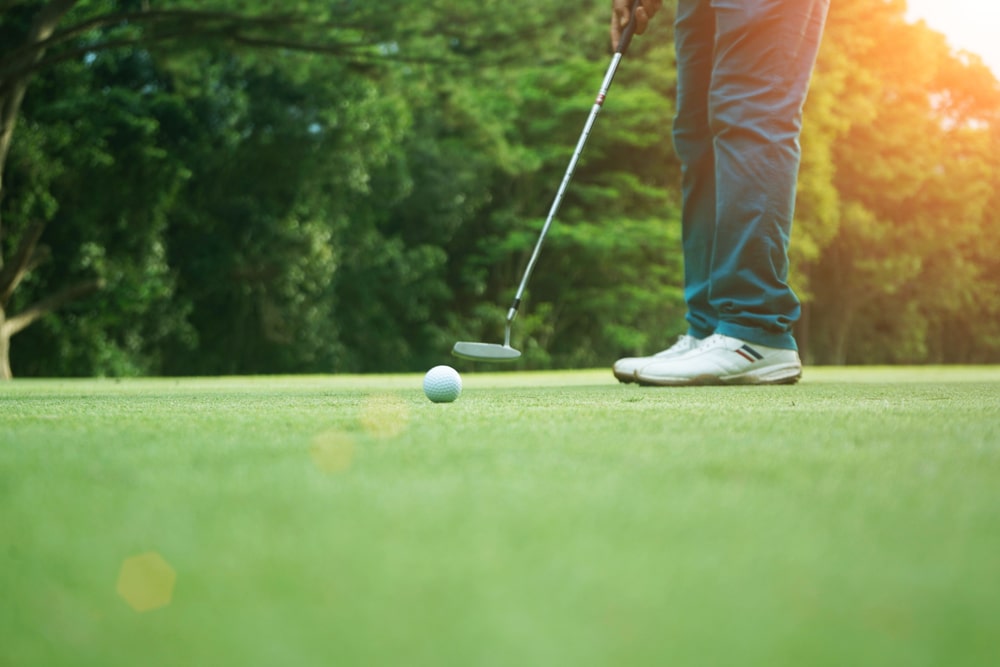
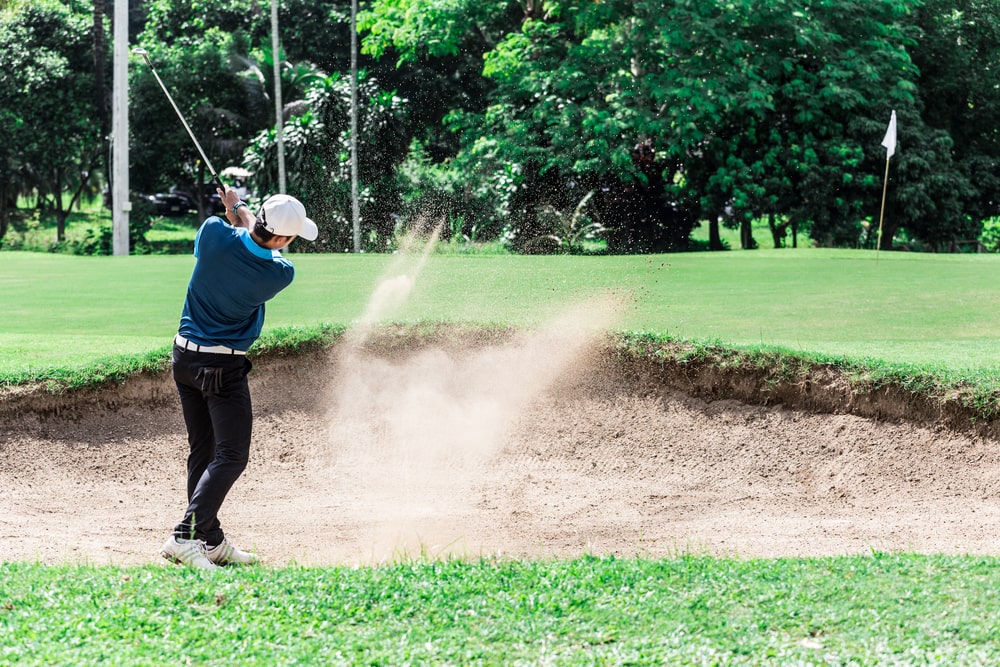

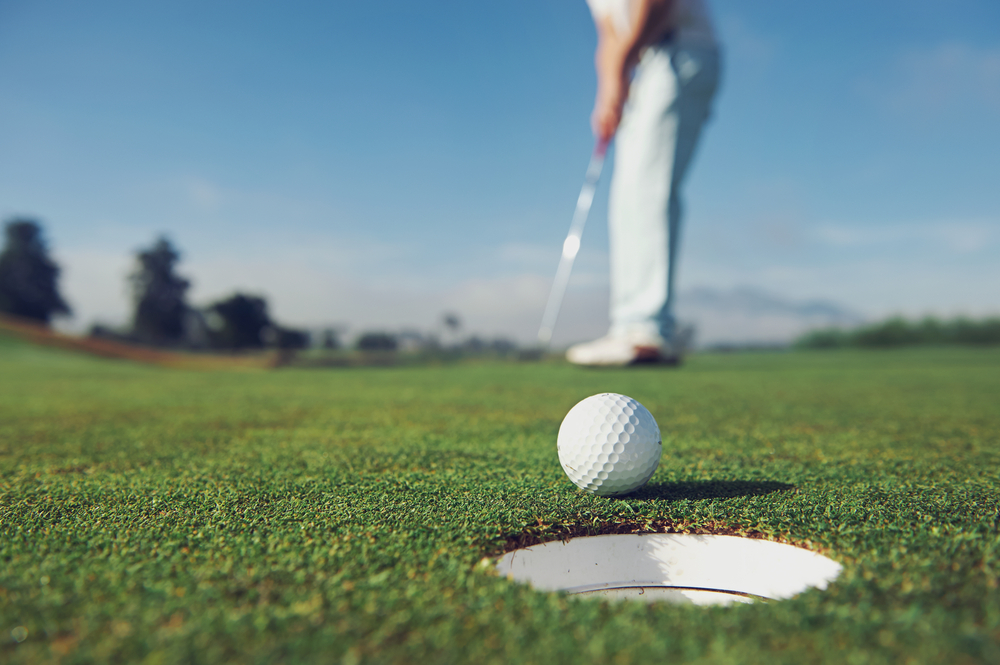
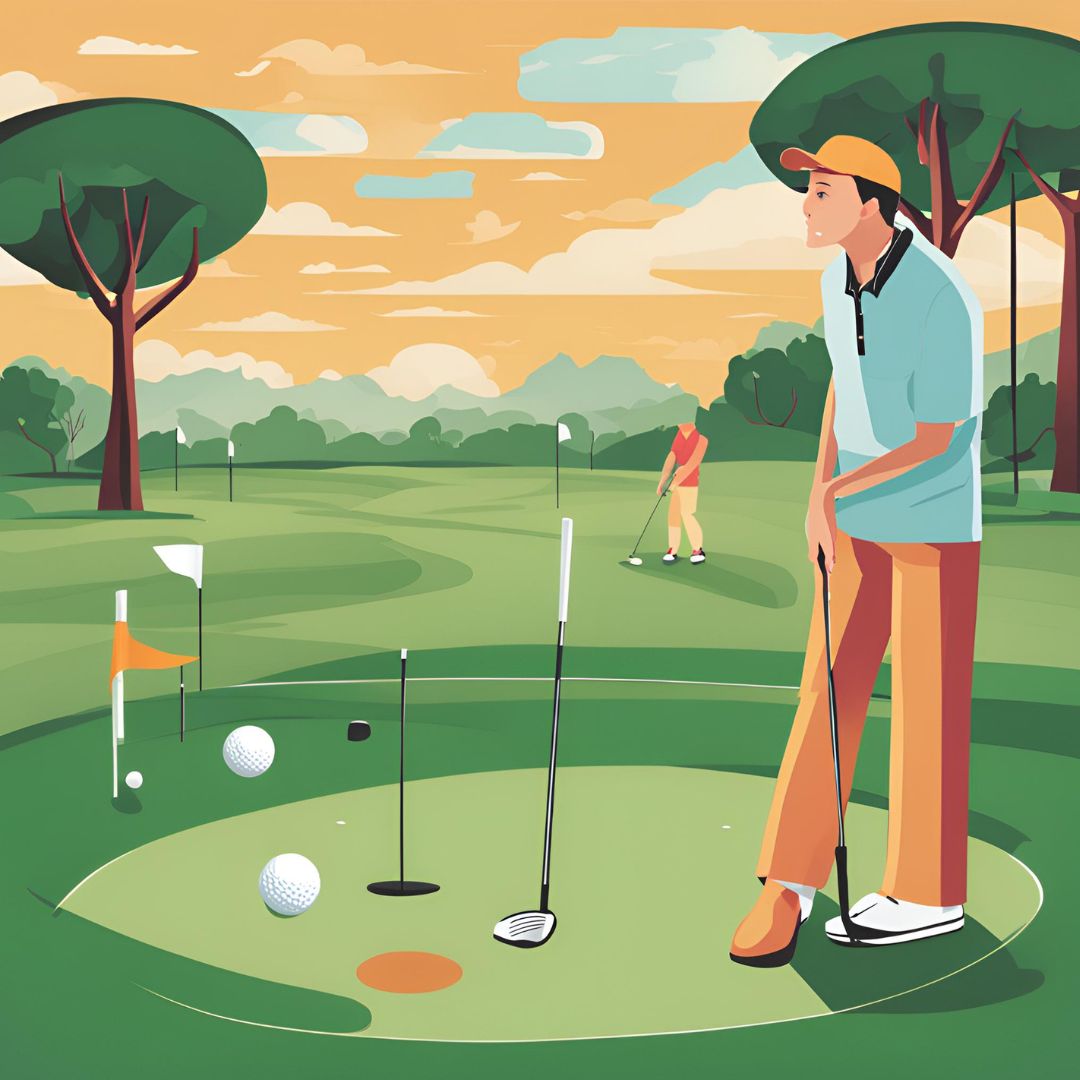

 Putting is often cited as the most important part of golf, accounting for nearly half the shots taken on the course. Unsurprisingly, mastering your putting stroke and finding the right putter for your game can make a dramatic difference in your scores. We get it, hitting a hundred putts might seem less fun than smashing a hundred drives, but here at OGP you can have fun doing both, and, if you want to, we can help you find the perfect putter.
Putting is often cited as the most important part of golf, accounting for nearly half the shots taken on the course. Unsurprisingly, mastering your putting stroke and finding the right putter for your game can make a dramatic difference in your scores. We get it, hitting a hundred putts might seem less fun than smashing a hundred drives, but here at OGP you can have fun doing both, and, if you want to, we can help you find the perfect putter.